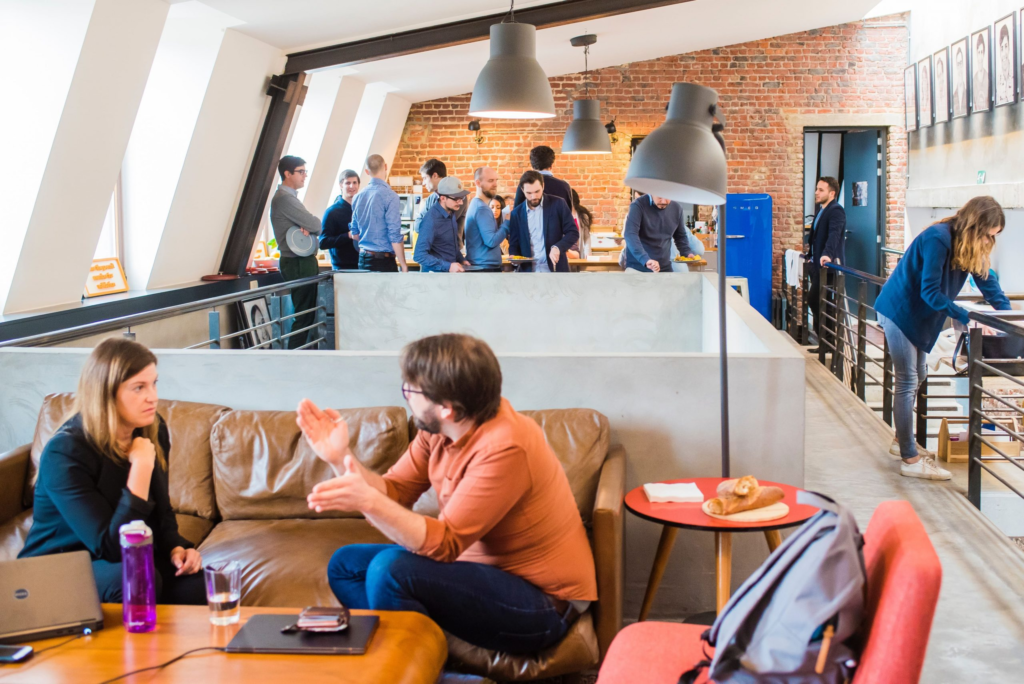In the digital era, the conventional notion of a workspace has undergone a radical transformation. Gone are the days of being tethered to a physical office; today, the concept of a virtual office has emerged as a game-changer in the realm of business. From facilitating remote collaboration to fostering global connectivity, the power of a virtual office transcends boundaries, enabling individuals and organizations to operate seamlessly from anywhere to everywhere.

Introduction: Embracing the Future of Work
The traditional brick-and-mortar office setup is gradually becoming obsolete, as the global workforce embraces the flexibility and efficiency offered by virtual offices. In this digital age, where geographical barriers are virtually nonexistent, businesses are leveraging technology to create virtual workspaces that enable employees to work from diverse locations across the globe. This shift towards remote work has been accelerated by advancements in communication technologies, the rise of cloud computing, and a growing emphasis on work-life balance.
Unlocking the Potential of a Virtual Office
A virtual office is not merely a substitute for a physical workspace; it represents a paradigm shift in how work is conceptualized and executed. At its core, the power of a virtual office lies in its ability to empower individuals and organizations to transcend the limitations of traditional office environments. By harnessing the latest tools and technologies, virtual offices enable seamless communication, collaboration, and productivity, irrespective of geographical boundaries.
Enhancing Collaboration and Connectivity
One of the key potential of a virtual office is its capacity to facilitate collaboration among distributed teams. With the help of video conferencing, instant messaging, and project management tools, team members can collaborate in real-time, regardless of their physical location. This not only enhances productivity but also fosters a sense of camaraderie and teamwork, thereby driving innovation and creativity.
Flexibility and Freedom: Redefining Work-Life Balance
The flexibility offered by a virtual office allows employees to achieve a better work-life balance, leading to increased job satisfaction and employee retention. By eliminating the daily commute and offering flexible work hours, virtual offices enable individuals to tailor their work schedules to suit their personal preferences and commitments. This flexibility not only enhances employee morale but also contributes to higher levels of productivity and engagement.
Cost-Effectiveness and Scalability
From a business perspective, virtual offices offer significant cost savings compared to traditional office setups. By eliminating the need for physical office space, businesses can reduce overhead expenses related to rent, utilities, and maintenance. Additionally, virtual offices provide scalability, allowing businesses to easily expand or downsize their operations without the constraints of physical space.
Overcoming Challenges: Navigating the Virtual Landscape
While the benefits of a virtual office are undeniable, it is not without its challenges. Managing remote teams requires effective communication strategies, robust cybersecurity measures, and a strong organizational culture. Moreover, maintaining a healthy work-life balance can be challenging in a virtual environment, as the lines between work and personal life may blur. However, with proper planning, training, and support, these challenges can be overcome, allowing businesses to reap the full benefits of a virtual office.

Conclusion: Embracing the Future
In conclusion, the power of a virtual office lies in its ability to revolutionize the way we work, enabling individuals and organizations to operate seamlessly from anywhere to everywhere. By embracing the flexibility, connectivity, and cost-effectiveness of virtual workspaces, businesses can unlock new opportunities for growth, innovation, and success in the digital age. As we continue to embrace the future of work, the virtual office will undoubtedly play a central role in shaping the way we live and work in the years to come.

